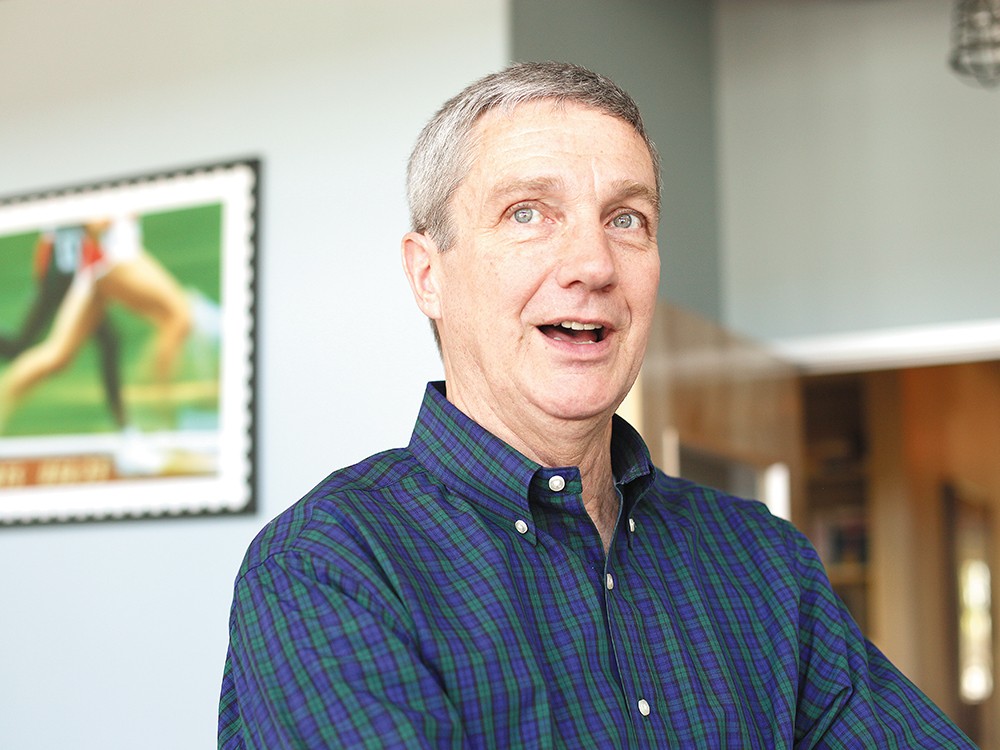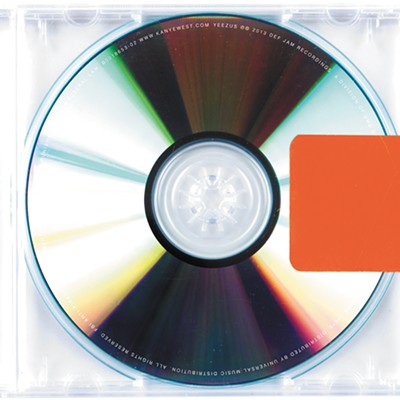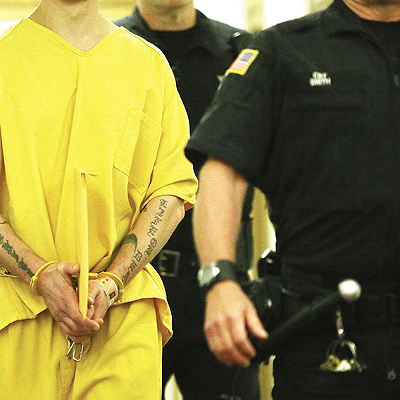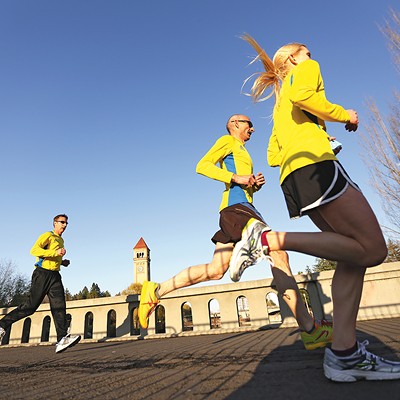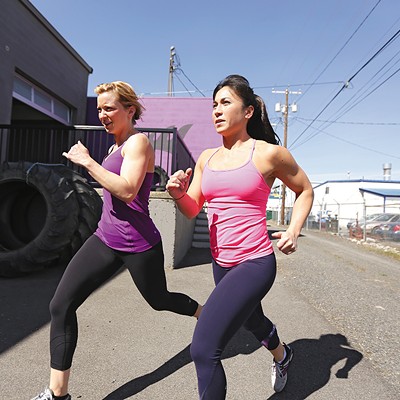Ever since 1964 — when Gerry Lindgren, a scrawny kid just out of Rogers High School, flew past the Russians in the 10,000 meters at the Los Angeles Coliseum — Spokane’s been pumping out national-caliber high school teams.
For decades, Mead High School claimed state trophy after state trophy. And just when it seemed their grip on long-distance dominance seemed to weaken, other local schools grabbed the baton. Impressive: In 2008, Spokane’s North Central High School won Nike’s national cross-country championship. More impressive: The next year, a different high school from the same city finished second.
Yet Spokane hasn’t generated great elite distance runners at the same rate.
“It’s almost like we’re the best minor league in the world,” says Curt Kinghorn, owner of the running specialty store Runners Soul. Spokane trains great high school runners and then they go elsewhere. He rattles off names of local high school greats heading for the Air Force Academy, Stanford and the University of Washington.
“The [college] distance programs in the immediate area have not been as strong lately as they have been in the past,” Kinghorn says. “For most of our local universities, running is not their focus.”
Spokane does have a few advantages for elite runners. “You cannot find a finer area to train anywhere than what you have right here,” says local running star Rick Riley, who once broke the national high school two-mile record. He talks about all the trails, the state parks and the light-traffic roads. The high school distance coaches in this area, Riley says, are as good as any coach at any level in the nation.
But the city also has problems. It snows and freezes during the winter. Bloomsday is the only local event that attracts national elite competition. If runners want more, they have to look to Seattle and Portland.
North Central coach Jon Knight points to another problem. Want to be a world-class runner? “You probably need to be working out at least three times a day. You have to have resources,” Knight says. “Masseuses, physical therapists and chiropractors.”
Very few locals can afford to live on their running winnings. They have to work real jobs. Knight says one local runner from the African nation of Burundi has to balance training during the day with working nights full time at Walmart. The runner got shin splints, he says, not from running, but from standing during eight-hour shifts on the hard Walmart floor.
But just as some cities have patrons of the arts, others have patrons of long-distance running, willing to pay top dollar for their success.
Portland has Nike, so Portland has the Oregon Project. Thanks to Nike’s largess, the nation’s best runners were coached by long-distance legend Alberto Salazar and attended to by an army of medical experts. They trained on state-of-the-art underwater and anti-gravity treadmills. Until a few years ago, they lived in a technological marvel where oxygen filters simulated high altitude.
Spokane, of course, has nothing like that.
Yet it’s had moments. Don Kardong, the founder of Bloomsday, finished fourth in the 1976 Montreal Olympics. He says there was a time in the 1980s when six local elite runners could run a marathon at a blistering 5:20-per-mile pace. When great runners train together, they make each other better.
Recently, a few good runners have started to do just that. In 2010, Chris Morlan, who once ran in the Olympic Trials, founded the Spokane Distance Project for male runners. But he says he’s been disappointed that some of the best area athletes haven’t joined.
In 2008, the Spokane Swifts, a team of local female runners, was formed. “It’s more amped up than just a running club,” marathon runner Lori Buratto says. “There are performance standards to be a member. We have practices and uniforms.”
Kardong says these clubs are a good start, but they could use more financial support.
“I think we’re on our way,” Buratto says. “If Nike was centered here — if we could all work half-time and train and get massages — I’m sure that would help.”

